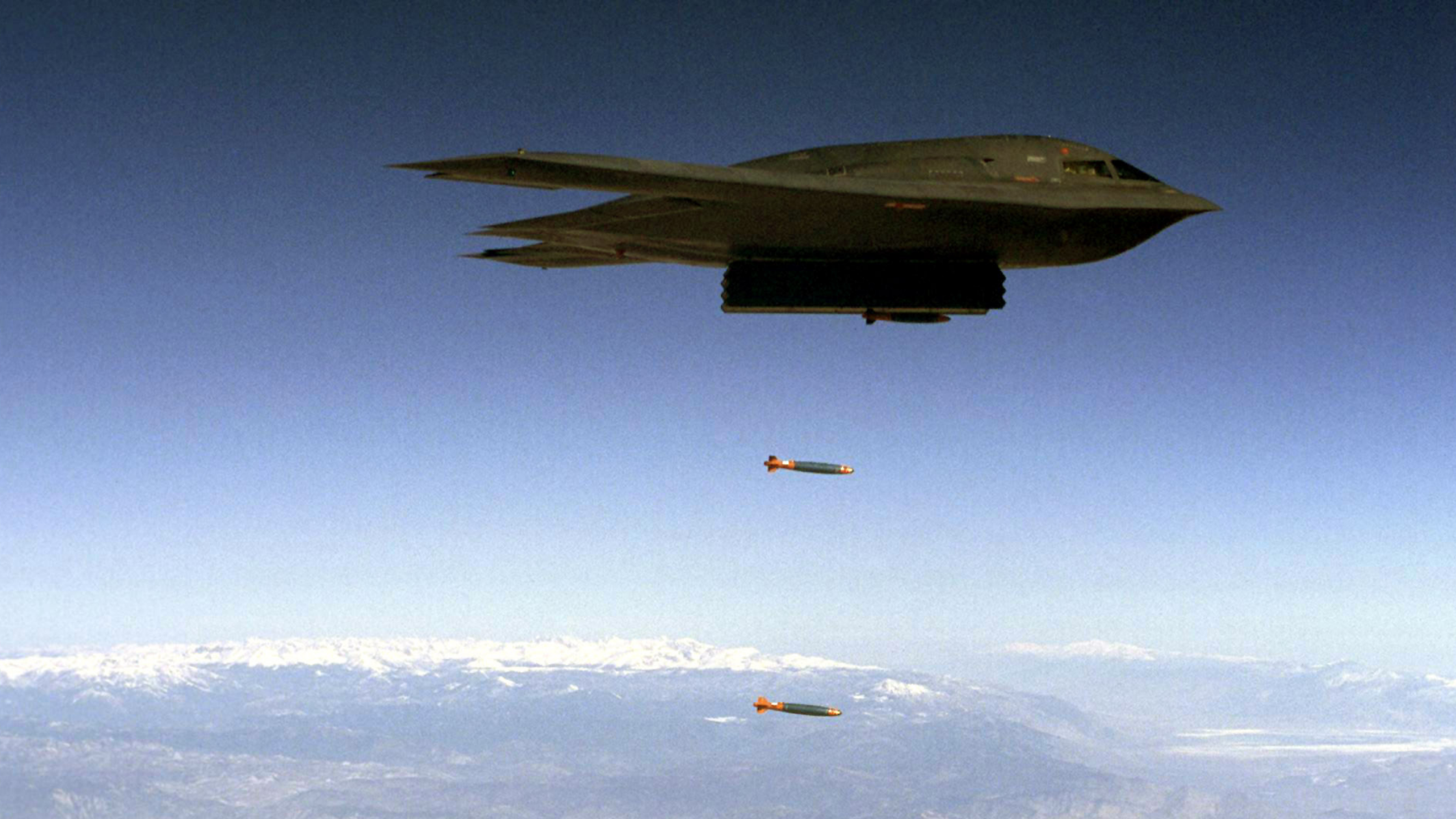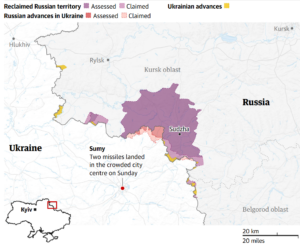US Intelligence confirms Iran’s nuclear program survived airstrikes, contradicting claims by former President Donald Trump and other top officials that the massive operation had “obliterated” Tehran’s nuclear capabilities. The classified preliminary assessment — which was leaked this week — indicates that the strikes delivered only temporary setbacks, not long-term destruction.
This revelation adds further heat to escalating tensions between Washington, Tehran, and Tel Aviv, as global analysts and citizens alike seek clarity in a moment of profound geopolitical uncertainty.
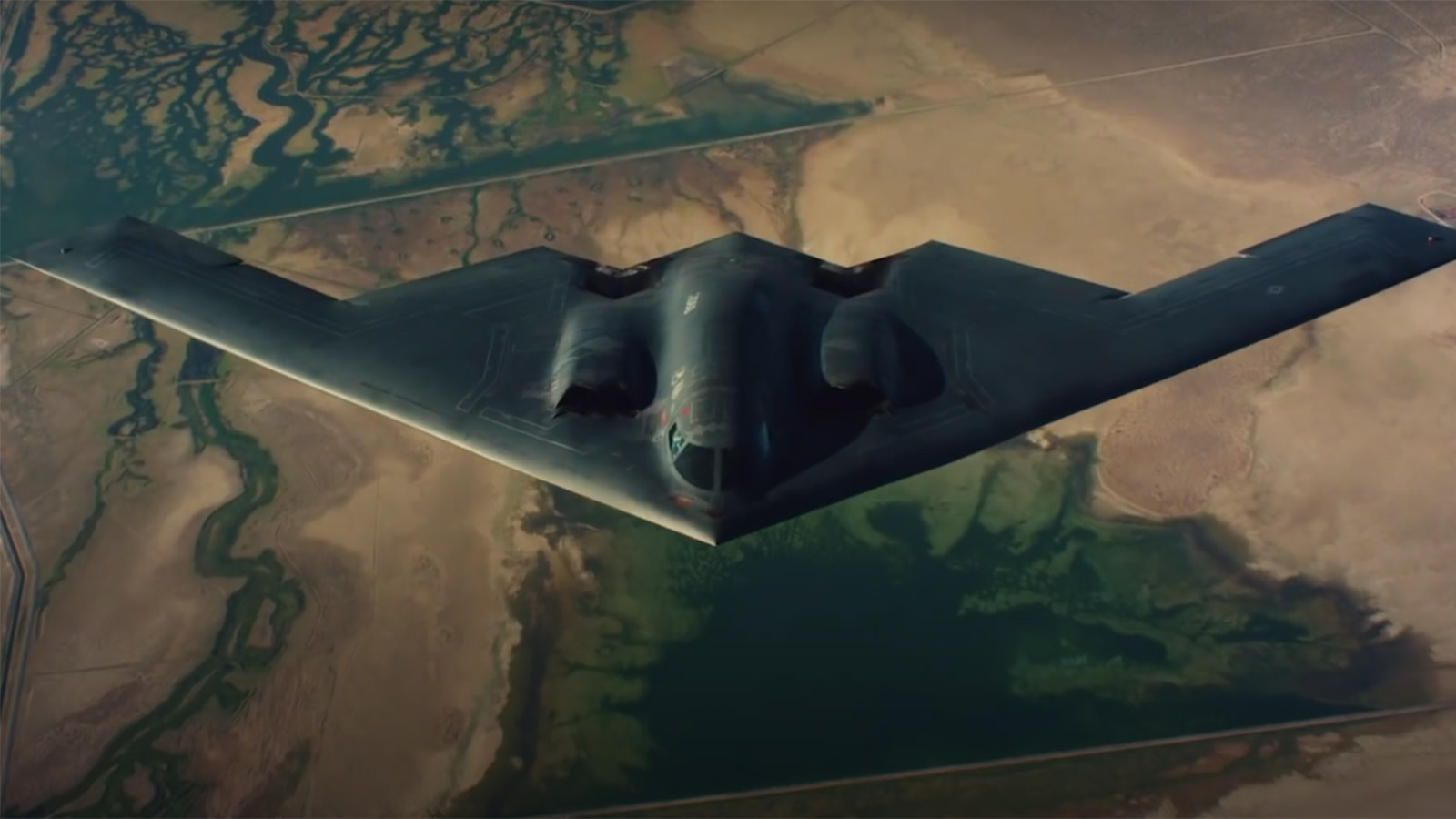
What Did the Strikes Actually Achieve?
What Really Happened During the US-Led Strikes on Iran’s Nuclear Infrastructure?
According to sources familiar with the Defense Intelligence Agency (DIA) findings, the multi-pronged US strikes on Iranian nuclear targets have set back Iran’s nuclear capabilities by only a few months, rather than permanently dismantling them.
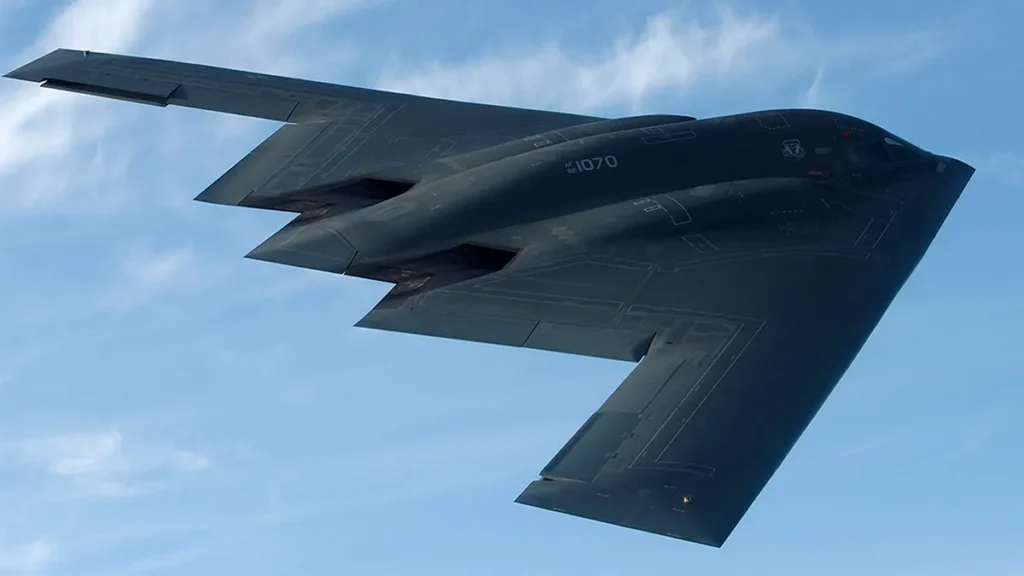
Here’s what the strikes did:
- Closed entrances to certain nuclear facilities.
- Failed to destroy underground centrifuge rooms and uranium stockpiles.
- Delivered significant damage, but not total destruction.
These findings contradict Trump’s declaration that the operation was a “spectacular military success” and his claim of “total obliteration.”

What Was Targeted in the Attack?
Breakdown of US and Israeli Targets: What Was Hit and How
The operation took place on June 13 and included one of the largest joint US-Israeli air campaigns in recent history. The targets included:
- Iranian nuclear research sites
- Top nuclear scientists and military brass
- Underground centrifuge facilities
The US used:
- B-2 stealth bombers armed with GBU-57 bunker-buster bombs (each weighing ~30,000 pounds)
- A guided missile submarine that launched Tomahawk cruise missiles
- Over 125 aircraft, including stealth jets, refueling tankers, ISR drones, and more
Israel coordinated its strikes with Washington and launched an unprecedented series of air raids on the same day.
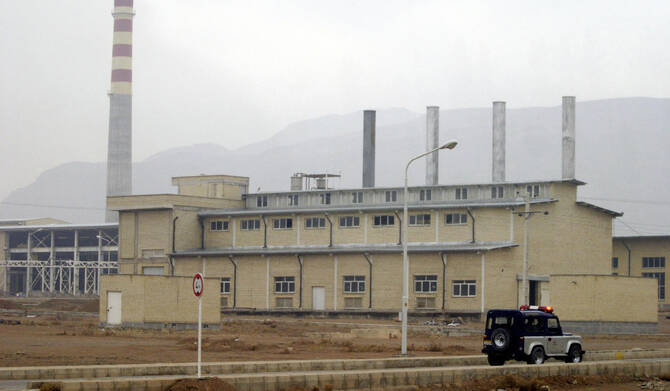
What Does the Intelligence Report Say?
Leaked US Intelligence Report Contradicts Trump’s Claims
A classified preliminary report by US defense agencies revealed the strikes:
- Damaged surface-level facilities and sealed entryways
- Did not penetrate deep enough to destroy critical underground assets
- Failed to eliminate uranium stockpiles or disable most centrifuges
“The game is not over,” said a top adviser to Iran’s Supreme Leader Ayatollah Ali Khamenei, confirming Iran still has enriched uranium in storage.
Official US Responses: Divided Opinions
How the White House, Pentagon, and Military Leaders Reacted
White House Press Secretary Karline Leavitt confirmed the leaked assessment’s authenticity but dismissed it as “flat-out wrong,” emphasizing that:
“This alleged assessment is a clear attempt to demean President Trump and discredit the brave fighter pilots.”
She stressed that fourteen 30,000-pound bombs had been “perfectly executed” and resulted in “total obliteration.”
However, not everyone agrees.
General Dan Caine, the top US military officer, said the strikes caused:
“Extremely severe damage” — but stopped short of confirming full destruction.
This cautious stance highlights growing divisions within US leadership on the effectiveness of the campaign.
Iran’s Response: Ready to Restart
Iran Says Nuclear Program Will Quickly Resume Operations
Iranian officials reacted with calm and determination. Mohammad Eslami, head of the Atomic Energy Organization of Iran, told state media:
“Plans for restarting [the facilities] have been prepared in advance.”
He added:
“Our strategy is to ensure that production and services are not disrupted.”
This signals Iran’s readiness to restore full operations, even as the West tries to claim a strategic win.
Was This Strike Legally Justified?
Legal and Diplomatic Fallout: What’s Next for the US and Its Allies?
International legal experts are questioning the legitimacy of the strikes. Critics argue:
- Trump bypassed both Congress and international consensus
- The strikes may violate international law under the UN Charter
- There was no clear imminent threat to justify the action
With diplomatic tensions rising, Russia and China have called for an emergency session at the UN Security Council.
Failed Diplomacy Before the Bombs Fell
Why Trump Abandoned Talks and Chose Bombs Over Peace
Before the strikes, Trump was reportedly pursuing a new diplomatic path to replace the 2015 Iran nuclear deal he scrapped during his first term.
But insiders say:
- Talks broke down weeks before the attack
- Trump faced pressure from hawkish advisors
- The decision to strike was made in the final hours before execution
This marks a sharp departure from diplomatic norms, especially given the global stakes involved in nuclear policy.
Claimed vs Actual Strike Impact
| Category | Trump’s Claim | US Intel Report | Iran’s Response |
|---|---|---|---|
| Facilities Hit | Total obliteration | Only surface damage | Facilities restarting |
| Uranium Stockpile | Eliminated | Still intact | Confirmed to exist |
| Centrifuge Damage | Destroyed | Still functional | Being reactivated |
| Long-Term Impact | End of program | Delay of a few months | Recovery in progress |
Global Impact: What This Means for the World
How the Failed Strike Reverberates Across the Middle East and Beyond
The strike, while dramatic, has left more questions than answers:
- Iran-Israel tensions have reached a boiling point
- Oil prices surged, disrupting global markets
- Regional allies are re-evaluating their security strategies
In Europe, leaders have expressed concern about the breakdown of diplomacy, while China and Russia see it as a strategic opportunity to grow closer to Iran.
What Comes Next?
Global Analysts Warn of Unintended Consequences
Security analysts warn that:
- Iran may now accelerate its nuclear work in underground bunkers
- US credibility in intelligence and military reporting has taken a hit
- A regional war could erupt if Iran retaliates or if Israel escalates further
Some intelligence experts argue that striking without dismantling may have strengthened Iran’s resolve rather than weakening it.
Summary of the Most Critical Points You Need to Know
- The US-led strike on Iran’s nuclear sites caused damage but failed to destroy the program.
- A leaked US intelligence report undermines Trump’s claim of “total success.”
- Iran remains defiant, prepared to restart nuclear production.
- Global tensions are rising, with the possibility of wider conflict.
- The diplomatic window has narrowed, but the nuclear threat remains.
Final Thoughts
This evolving story proves that in geopolitics, truth often emerges slower than shockwaves. As the world watches Iran rebuild, the credibility of both military action and leadership claims now faces unprecedented scrutiny.
For the latest on global security and US policy updates, stay with us.
Subscribe now for real-time news, deep analysis, and global intelligence updates.
[USnewsSphere.com / an]


